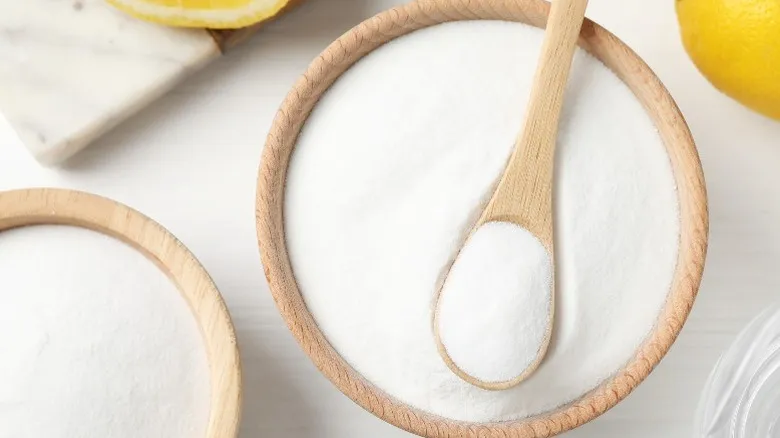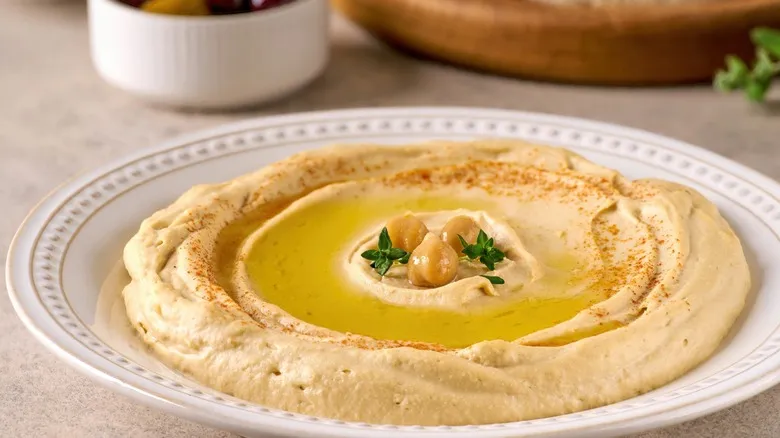How baking soda makes for creamier hummus

Baking soda creates an alkaline environment that elevates the pH levels of water, aiding in the breakdown of the natural pectin in beans. This process softens both the beans and their stubborn skins, resulting in an exceptionally creamy hummus. However, the advantages of baking soda don’t end there. It also shortens the cooking time for dried beans and diminishes the gas-inducing oligosaccharides, a type of prebiotic carbohydrate found in legumes.
While recipes can vary by region, the Israeli version of hummus is often regarded as the smoothest. Many Israeli recipes feature a higher proportion of tahini (ground sesame seeds) compared to chickpeas. Additionally, renowned Israeli chefs like Michael Solomonov and Yotam Ottolenghi have popularized the use of baking soda, typically around a teaspoon, to soften the beans and facilitate skin removal.
When preparing a batch of easy, creamy hummus, blend it for a longer duration to achieve the fluffiest texture. Enhance the flavor and texture with a garnish of crunchy, salty roasted chickpeas, a splash of fresh lemon juice, and a drizzle of high-quality extra virgin olive oil.
Recommended

What Exactly Is Non-Homogenized Milk?

Is Bottled Water Really Just Repackaged Tap Water?

The Science Behind How Baking Soda Works In Recipes

Don't Expect Real Whole Eggs At These Popular Coffee Chains
Next up

